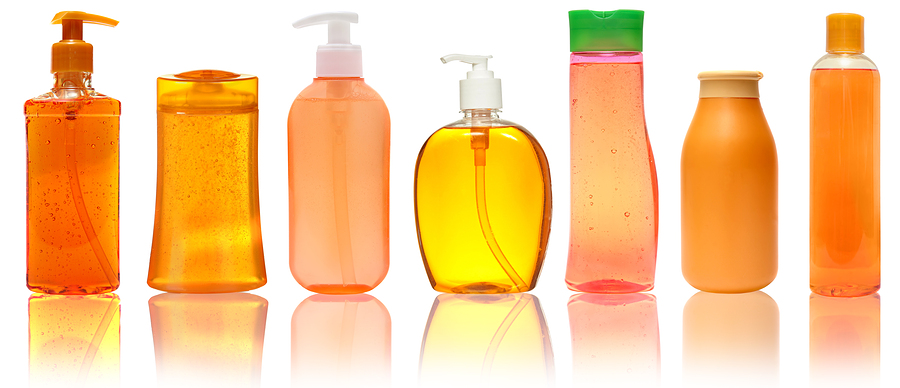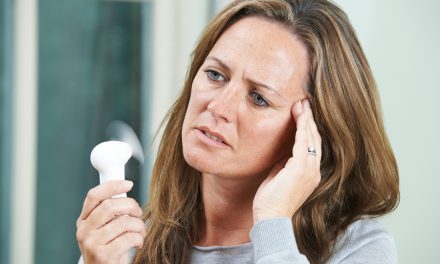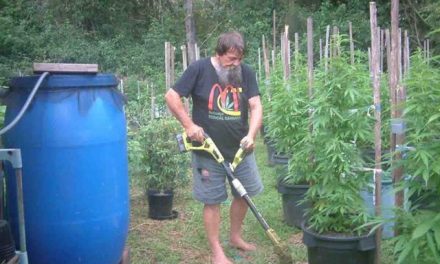What’s In Your Soap and Shampoo?
update: We show a few more natural and organic products here, but they aren’t ours – just recommendations.
Unless you’ve taken the time to look at each and every label of each and everything you’ve brought into your house, you might not know what’s lurking in your soap and shampoo. I have a friend who, concerned about the estrogenic ingredients in her shampoo and that of her 10 year old daughter, looked at soap, shampoo, makeup, lotion– everything– last summer and ended up with two garbage cans FULL of bottles. And here’s the kicker, many of these products haven’t been tested for safety by an independent expert they can trust (we did a story here hi-lighting what happens to your body when you STOP using these products). Women, the biggest consumers of these products, use an average of 12 different personal care products each day, and men use six- yet the FDA has investigated none of the chemicals in those products.
Even scarier than that is the fact that if you produce a product that harms someone, you aren’t required to report it to the FDA, because that type of disclosure is voluntary.
There are only 11 substances currently prohibited or restricted from use in personal care products: Bithionol, Chlorofluorocarbon propellants, Chloroform, Halogenated salicylanilides (di-, tri-, metabromsalan and tetrachlorosalicylanilide), Hexachlorophene, Mercury compounds, Methylene chloride, Prohibited cattle materials, Sunscreens in cosmetics, Vinyl chloride, and Zirconium-containing complexes. In contrast, the European Union has banned MORE than 1,300 chemicals from personal care products. According to the article in Time, “FDA scientists recognize the risk of the chemicals barred by European regulators, but Congress hasn’t given FDA officials the authority to act on their knowledge.”
To best protect us, consumer groups, health groups and businesses have joined forces to try and have the Personal Care Products Safety Act passed. Once enacted, there would finally be a structure put in place for PCP’s and many glaring safety loopholes would be closed. As many products haven’t been throughly tested by independent scientists, a key part of this bill would be to establish a process to evaluate the safety of at least five personal care product ingredients a year– and that’s a start.
The bill would also require manufacturers to report allegations of harm to consumers, to follow good manufacturing practices, and keep safety records. More from the Time article, “The ingredient review process proposed by the Personal Care Products Safety Act would require the FDA to determine which chemicals manufacturers can use, at what levels, and if product labels should bear warnings. Some chemicals may be safe in small amounts, but not in high concentrations. A chemical may also be deemed unsafe for use in children’s products or appropriate only for application in a salon by trained professionals.”
This time of oversight and protection is LONG overdue. After all, one would think that testing chemicals before you allow people to put them on their skin- the biggest organ in our body- would be common sense, yet for so long it hasn’t been. We deserve to know what ingredients are in the products our families use every day and know that they have been independently evaluated for safety.












